These machines have not one, but two engines. And none of them are electric. Cool, right?
Nowadays, having two, three, or even four engines in one car is no longer unusual. However, at most, only one of those is an internal combustion engine — the rest are electric. But the following 12 cars rely entirely on two internal combustion engines. Why? Well, why not?!
Alfa Romeo 16C Bimotore
After World War I, patriotism and national identity surged throughout Western Europe, and this manifested not only in political decisions but also in fierce rivalries on racetracks. Each country wanted to prove that it built the fastest and most durable cars.
Germany was the most determined — and the most successful. In the early 1930s, the Mercedes W25 and Auto Union Typ C dominated the global Grand Prix scene. France and Italy tried to challenge the supremacy of the “Silver Arrows,” but without much success.
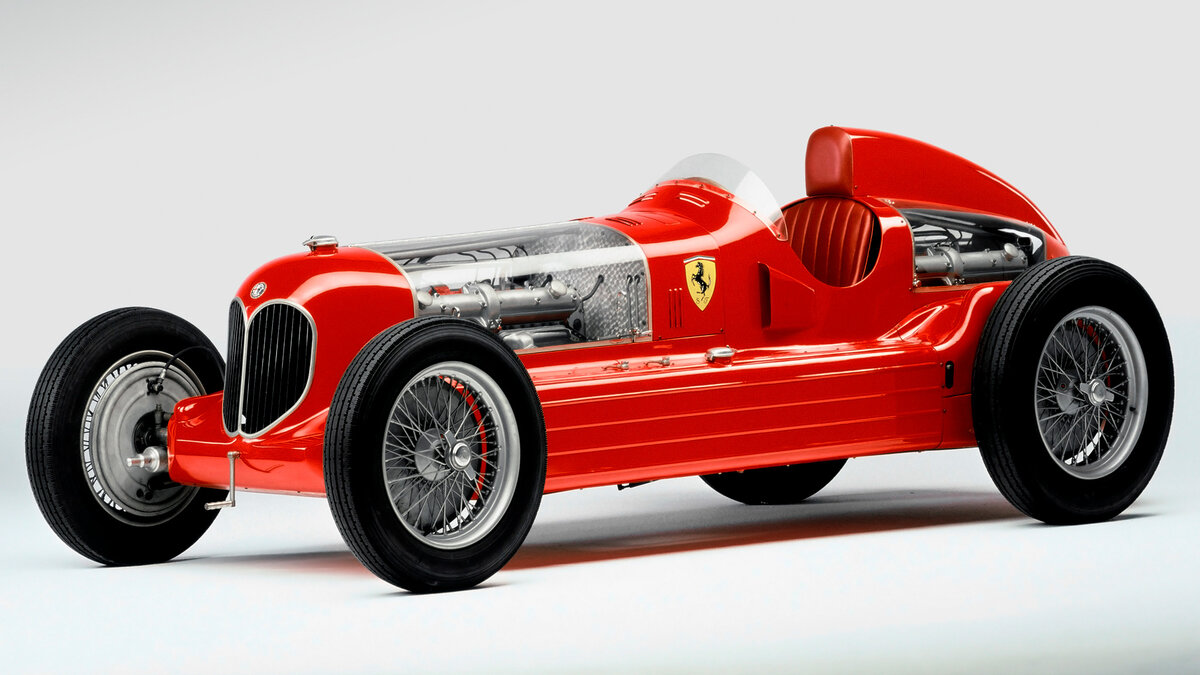
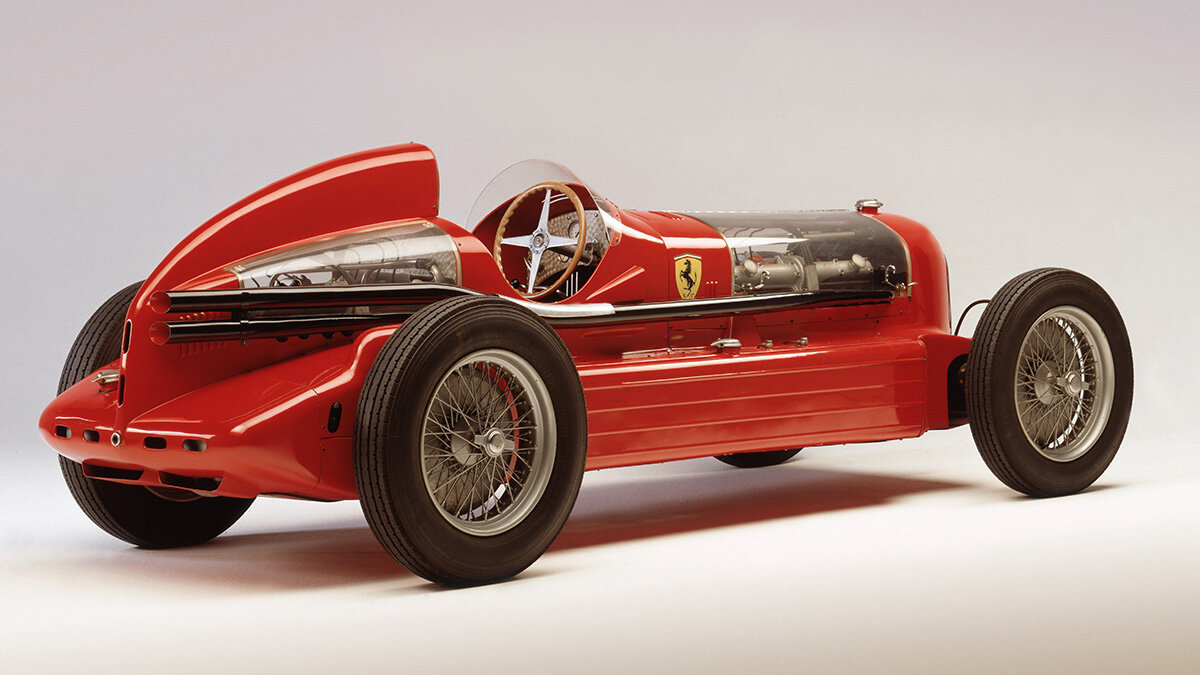
Alfa Romeo, reluctant to keep burning vast sums of money competing with the German giants, decided to focus on road cars and handed its racing program over to Enzo Ferrari and Luigi Bazzi. The pair created Scuderia Ferrari (yes, that one) and built one of the craziest cars the world had ever seen.
The name says it all: the 16C Bimotore was powered by two 3.2-liter inline-eights, delivering a combined 540 horsepower. One engine was mounted in front of the driver, the other behind. This beast could hit 100 km/h in five seconds and had a top speed of over 320 km/h — in 1935!

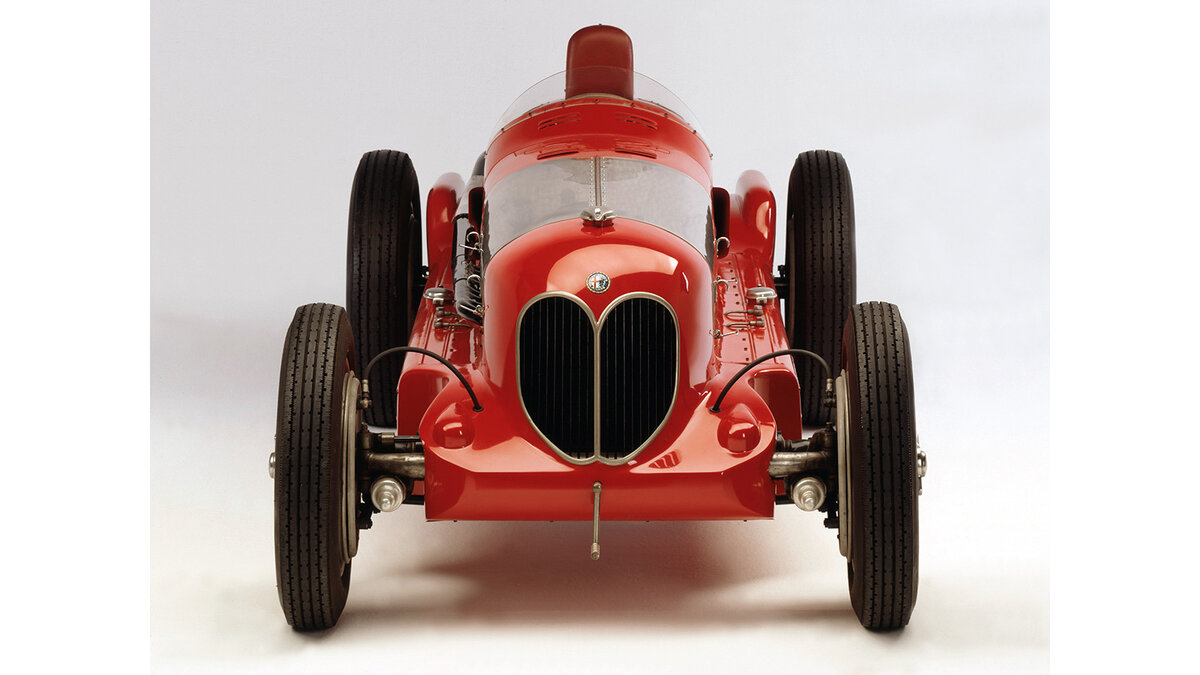
Despite decent handling, the 16C Bimotore had its flaws. It was heavier than competitors, shredded tires rapidly, and guzzled fuel faster than a fire truck during an emergency. Each engine drove a separate rear wheel, adding to the inefficiency. After the 1935 season, the project was scrapped. Its best result was a second-place finish at the high-speed Avus circuit. Only two Bimotores were built, and surprisingly, both still exist today.
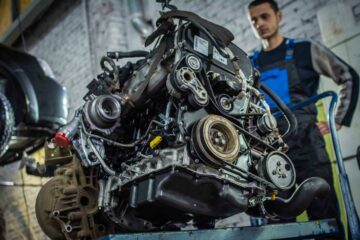
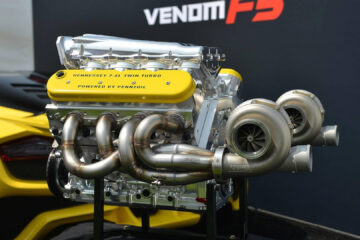
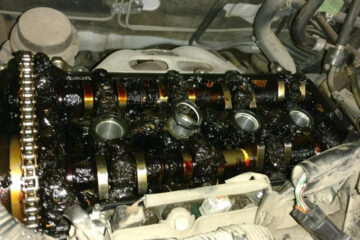
0 Comments